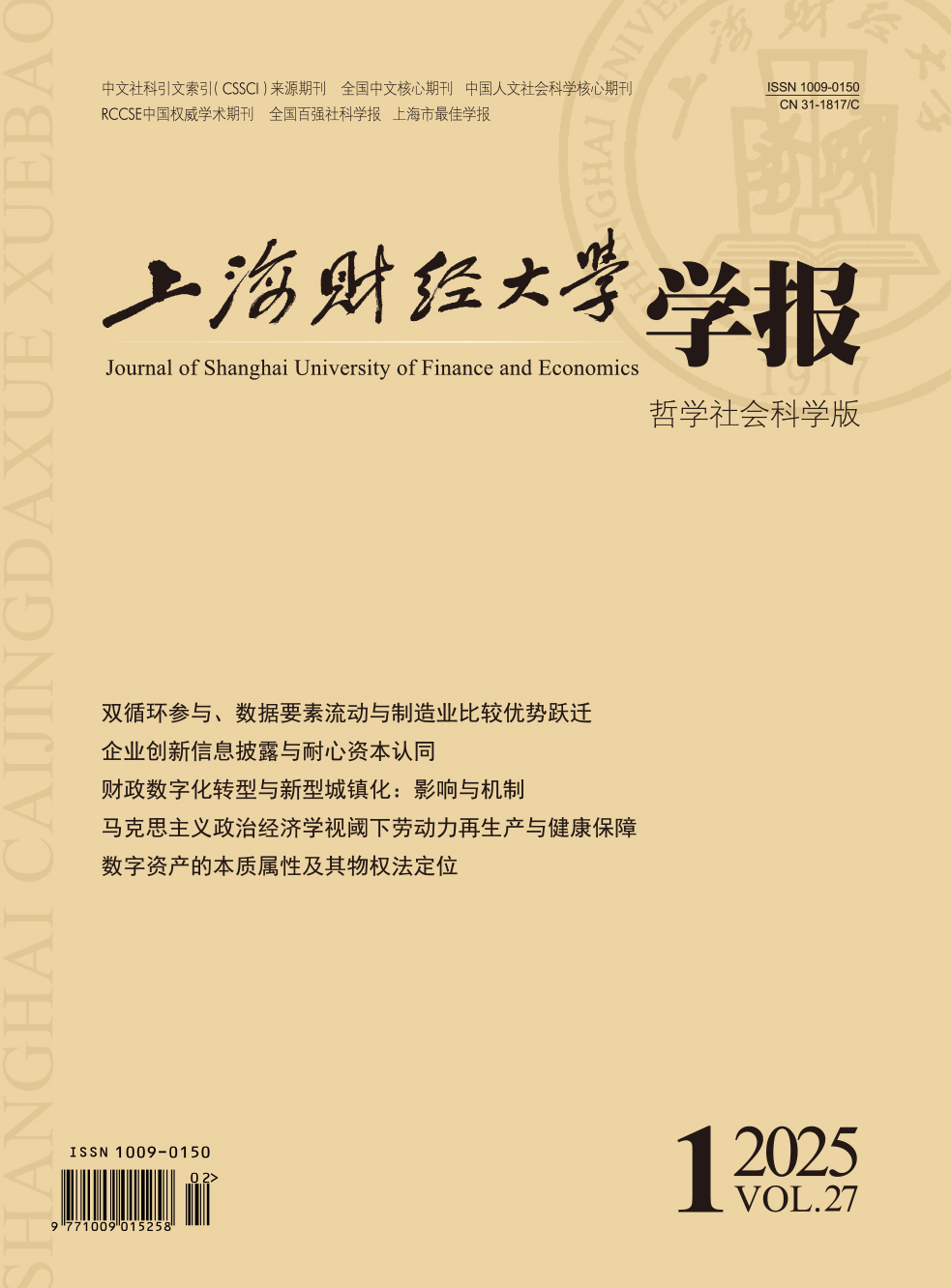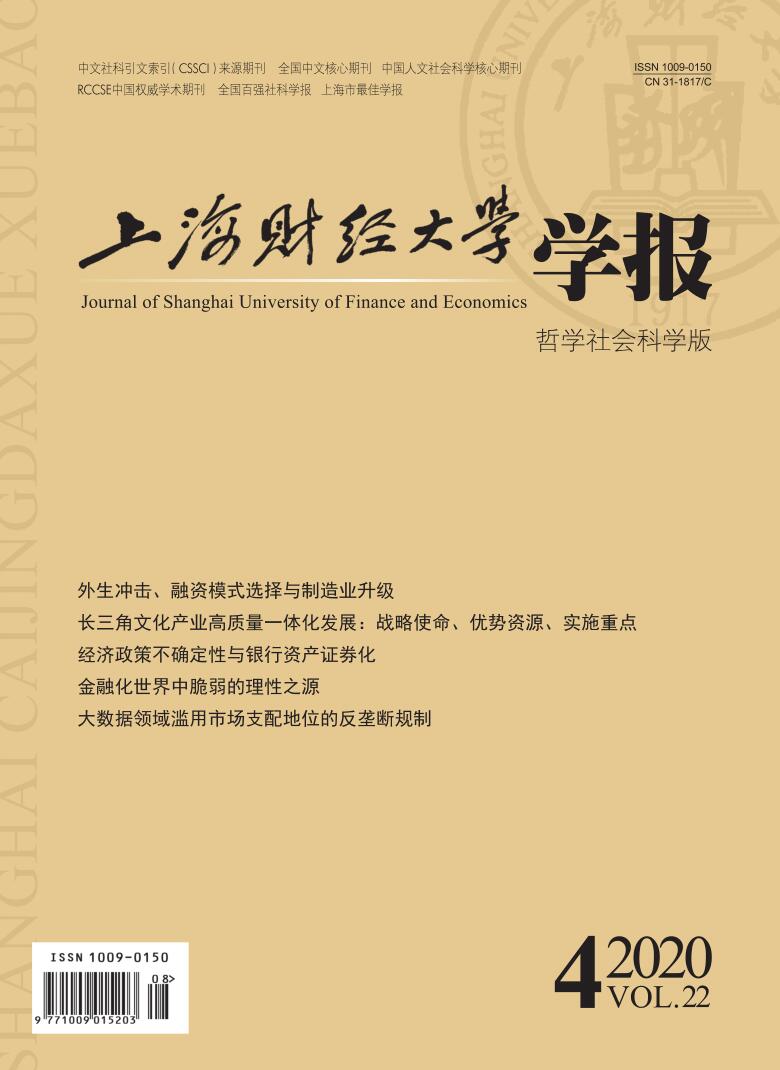Green innovation is an important focus for promoting the construction of ecological civilization and green development. As China’s most typical industrial agglomeration zone, whether development zones can promote park enterprises to carry out green technology innovation is an important topic that needs to be studied urgently. Based on the combination of Chinese industrial enterprise data and patent data, this paper focuses on the impact of development zone establishment on corporate green innovation through building a multi-period DID model, and combined with the regional bias characteristics of development zone policies, it discusses the difference of the impact of development zone establishment on the green innovation of enterprises in the eastern region and the central and western regions and the logical mechanism behind it. The study finds that the establishment of development zones promotes the green innovation of enterprises as a whole, which not only helps to promote the application of green utility model with lower patent value, but also helps to promote the application of green invention with more patent value. From the results of dynamic effects, the long-term incentive effect of development zone establishment on enterprise green innovation is greater than the short-term incentive effect. After the 2003 rectification of China’s development zone policies, there has been a clear central and western bias, but this regional bias may undermine economic sustainability. As a result, the green innovation incentive effect of development zone establishment on enterprises in the eastern region is significantly higher than that on enterprises in the central and western regions. Compared with the central and western regions, the establishment of development zones may more closely match the location characteristics of the eastern region and the external environment. In the long run, the establishment of development zones has significantly enhanced the incentive effect of green technology innovation for enterprises in the eastern region, while the incentive for green innovation for enterprises in the central and western regions is still insufficient, and has not achieved the expected policy guidance effect. The study also finds that the regional heterogeneity of the green innovation incentive effect in development zones may mainly come from the differences in market environment, intellectual property protection, local competition, openness to the outside world, and foreign direct investment between different regions. The establishment of development zones must be consistent with the local economy. Only by adapting the characteristics to the external environment can we better play the role of green innovation and environmental governance. This research not only expands and deepens the relevant research on development zone policies from the perspective of regional bias, but also helps to provide micro level evidence and new test standards for the evaluation on the effect of the implementation of development zone establishment policies from the new perspective of enterprise green innovation. At the same time, the conclusions of this paper can provide new policy insights for achieving a win-win situation of industrial agglomeration and ecological environment, and promoting the implementation of green development strategies.
 / Journals / Journal of Shanghai University of Finance and Economics
/ Journals / Journal of Shanghai University of Finance and EconomicsJournal of Shanghai University of Finance and Economics
LiuYuanchun, Editor-in-Chief
ZhengChunrong, Vice Executive Editor-in-Chief
GuoChanglin YanJinqiang WangWenbin WuWenfang, Vice Editor-in-Chief
Development Zone Establishment, Regional Bias and Enterprise Green Innovation
Journal of Shanghai University of Finance and Economics Vol. 22, Issue 04, pp. 49 - 63 (2020) DOI:10.16538/j.cnki.jsufe.2020.04.004
Summary
References
Summary
Cite this article
Qiu Yangdong. Development Zone Establishment, Regional Bias and Enterprise Green Innovation[J]. Journal of Shanghai University of Finance and Economics, 2020, 22(4): 49-63.
Export Citations as:
For
ISSUE COVER
RELATED ARTICLES




 4867
4867  4483
4483

